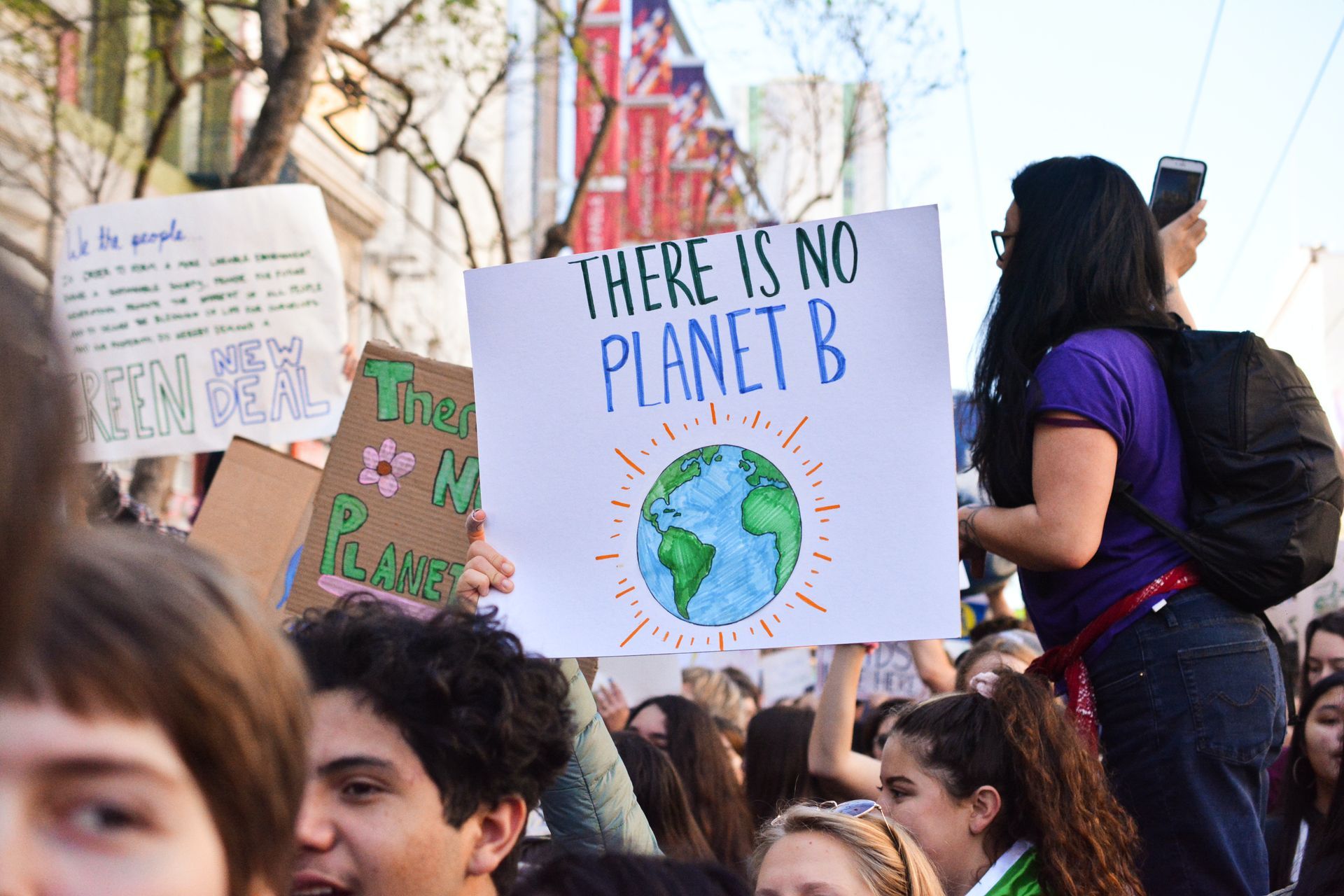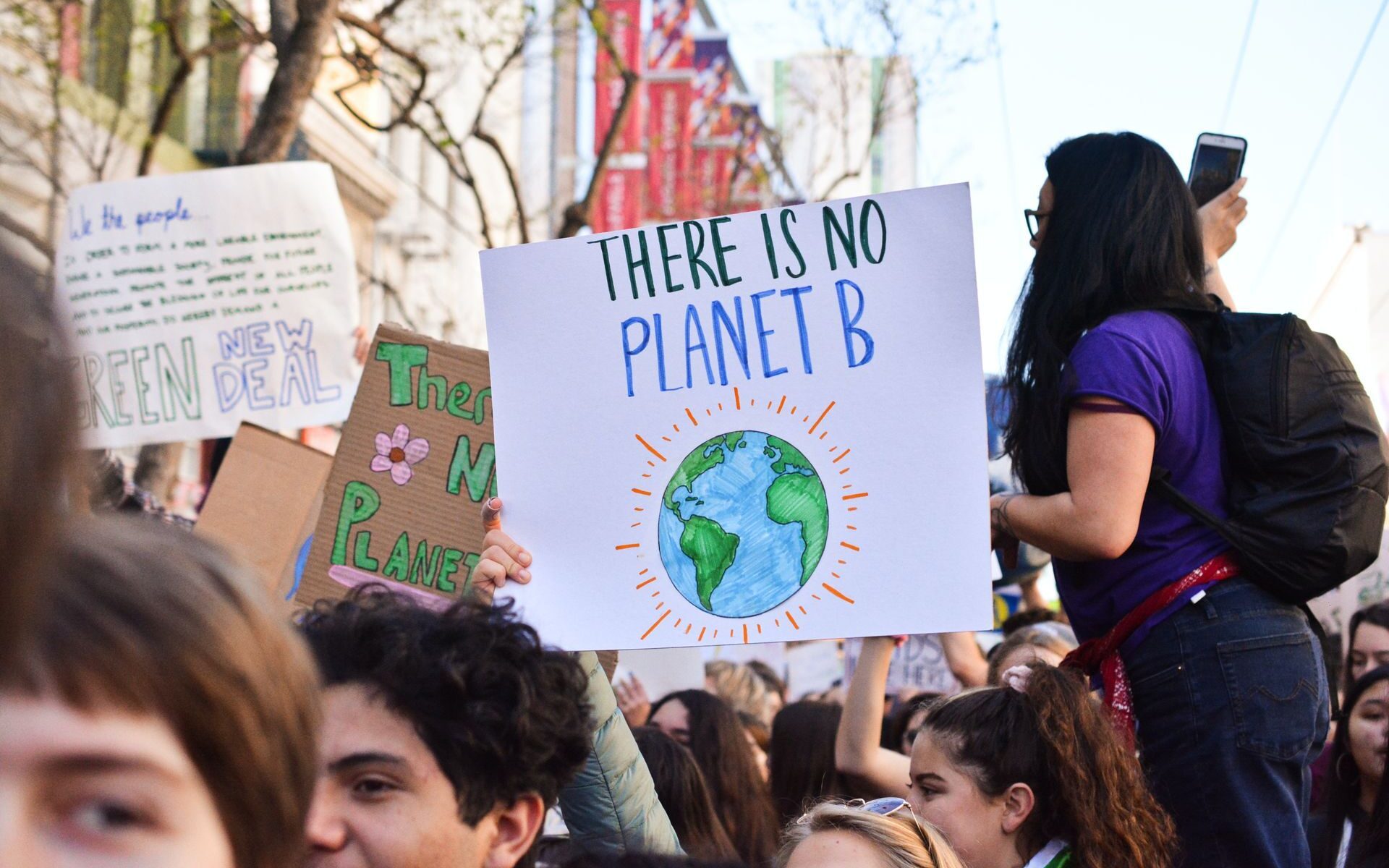The Beacon Blog: Consider It Briefed
Environmental Justice in 2023: Equal Funding for All?
By Elizabeth Beairsto, Staff Editor for the Vermont Journal of Environmental Law
August 7, 2023

Introduction
From Flint Michigan’s contaminated water supply to Cancer Alley in southern Louisiana, communities of color and low-income communities are disproportionately affected by environmental pollution. Now, after decades of disinvestment, the Biden-Harris Administration has made Environmental Justice (“EJ”) a priority.
Spurred by the Biden-Harris Administration’s commitment to inclusivity, economic security, and climate resilience, 2023 brings historic federal funding in the fight against climate inequities. After decades of disinvestment, communities burdened by pollution and racist practices will receive this funding.
President Biden’s Justice40 Initiative[1] ignites the allocation of 40% of the overall benefits from federal investments to disadvantaged communities. Recent federal investments falling under the Initiative’s guidance include the 2021 bipartisan Infrastructure Investment and Jobs Act (“IIJA”)[2] and the Inflation Reduction Act (“IRA”) of 2022.[3] The IIJA invests in EJ communities by increasing access to clean drinking water; remediating legacy pollution; expanding access to public transit; and modernizing infrastructure.[4] Similarly, the IRA mirrors language from the Justice40 Initiative while building on investment programs from the IIJA. With nearly $369 billion in clean energy and climate tax credits, the IRA designates $3 billion in EJ block grants.[5]
On February 23, 2023, the Biden Administration announced $550 million in EJ grants in accordance with the IRA. Designed to expedite investments through the U.S. Environmental Protection Agency (“EPA”)’s new Environmental Justice Thriving Communities Grantmaking (“EJ TCGM”) program, this funding will advance efficiency and simplify the application process for EJ grants. However, with funding allocated and Republicans in control of the House, the year ahead is a crucial moment for EJ communities.
How this money is distributed presents a momentous task of ensuring investments reach communities most in need. Misuse of the funding, specifically allocation to organizations that do not need financial assistance, risks hurting EJ communities. Because local and state governments ultimately control how the money they receive gets used, agency oversight is paramount.
Where to Watch: Texas & Louisiana
Texas:
With a history of locating hazardous waste facilities, industrial plants, and other polluting industries in low-income communities and communities of color, Texas is rife with environmental injustices. Carbon capture and storage, highway expansions and increased natural gas exports all threaten EJ communities within the Lonestar state. Further, the current controversy surrounding illegal dumping in Houston highlights the ongoing injustices minority Texans face.
Vulnerable Texans disproportionately face pollution. For instance, minority neighborhoods in Houston are burdened with waste facilities.[6]. Home to “all five city-owned landfills,” six out of eight incinerators, and three out of four privately-owned landfills, these neighborhoods bear the brunt of the city’s pollution.[7] Additionally, from the 1930s until 1978, a staggering 82% of solid waste disposed of in Houston was dumped in predominantly African American neighborhoods, despite African American residents comprising only 25% of the population.[8]
As the Biden Administration recognizes the urgency of addressing environmental injustice, the Department of Justice (“DOJ”)’s investigation into Houston’s waste management practices is a notable example of the federal government’s commitment to ensuring that communities of color are not unfairly burdened with environmental hazards.
Louisiana:
Louisiana has been criticized for its inadequate regulation of toxic chemicals, particularly as it is home to Cancer Alley. The history of Cancer Alley dates back to the 1920s, when the first petrochemical plants were established in the area.[9] Originally coined “chemical corridor” for the hub of oil refineries that dot its landscape, 1987 brought a new name to the region: Cancer Alley.[10] The rapid industrialization of the region paired with lacking environmental regulations resulted in a wide range of ailments plaguing the residents, from cancer to mental and physical developmental disorders.[11]
Cancer Alley exemplifies the ongoing struggle to tackle the interconnected issues of race, poverty, and pollution. Home to African American and low-income residents, “this form of environmental racism poses serious and disproportionate threats to the enjoyment of several human rights . . . including the right to equality and non-discrimination, the right to health, right to an adequate standard of living and cultural rights.”[12] As federal investments roll out to the state, “air pollution projects are made possible to assess and address air quality across the industrial corridor.”[13] Thus, with Louisiana organizations receiving $2,399,604 from the IRA to support “air quality monitoring in marginalized communities,” agency oversight is paramount to prevent the perpetuation of past injustices.[14]
In October 2022, the EPA directed Louisiana to examine the disproportionate burdens black residents bear from air pollutants causing cancer. As of March 2023, Louisiana residents and the DOJ have unveiled a federal lawsuit. This lawsuit accuses local officials of civil rights and religious liberty violations by repeatedly approving the construction of petrochemical plants in two predominantly Black districts.[15] As such, the EPA and DOJ are collaborating to advance this pending litigation. When paired with federal investments and incentives, this partnership serves as an encouraging example for achieving justice and restoring dignity within vulnerable communities. This approach is necessary to mitigate the devastating impacts of environmental injustices and take concrete steps to rectify these harms.
Citations
- Exec. Order No. 14008, 86 FR 7619-7633, https://www.federalregister.gov/documents/2021/02/01/2021-02177/tackling-the-climate-crisis-at-home-and-abroad.
- Infrastructure Investment and Jobs Act, Pub. L. No. 117-58, H.R. 3684, 117 Cong. (2021), https://www.congress.gov/bill/117th-congress/house-bill/3684/text.
- Inflation Reduction Act, Pub. L. No. 117-169, H.R. 5376, 117 Cong. (2022), https://www.congress.gov/bill/117th-congress/house-bill/5376.
- See The White House, The Bipartisan Infrastructure Law Advances Environmental Justice (Nov. 16, 2021), https://www.whitehouse.gov/briefing-room/statements-releases/2021/11/16/the-bipartisan-infrastructure-law-advances-environmental-justice/.
- Carlos Barria, White House Announces $13 Bln.in Funding to Modernize Power Grids, Reuters (Nov. 18, 2022), https://www.reuters.com/world/us/white-house-announces-13-bln-funding-modernize-power-grids-2022-11-18/.
- See Robert D. Bullard, Environmental Justice & The Politics of Garbage: The Mountains of Houston (2014).
- Cole Rosengren, Environmental Justice, including at waste sites, takes center stage at Houston Event, https://www.wastedive.com/news/enviornmental-justice-epa-waterhouse-bullard-houston/622414/ (Apr. 27, 2022).
- Id.
- See Monique Michelle Verdin, Cancer Alley, Istrouma to the Gulf of Mexico, 26 Art & Vision 30-42 (2020), https://www.southerncultures.org/article/cancer-alley/.
- Dorceta E. Taylor, Cancer Alley, Louisiana, Pollution A to Z (2004).
- Sumaya Addish, Cancer Alley, Louisiana (1987-) (Jul. 1, 2021), https://www.blackpast.org/african-american-history/cancer-alley-louisiana-1987/.
- United Nations Office of the High Commissioner for Human Rights, USA: Environmental Racism in Cancer Alley Must End- Experts, Press Release (Mar. 17, 2021), https://www.ohchr.org/en/press-releases/2021/03/usa-environmental-racism-cancer-alley-must-end-experts.
- EPA, EPA Announces Louisiana to Receive Nearly $2.4 Million for Air Monitoring Projects (Nov. 3, 2022), https://www.epa.gov/newsreleases/epa-announces-louisiana-receive-nearly-24-million-air-monitoring-projects.
- Id.
- See Oliver Laughland, Cancer Town: Residents of Louisiana’s Cancer Alley’ announce lawsuit against local officials, THE GUARDIAN (Mar. 21, 2023), https://www.theguardian.com/us-news/2023/mar/21/louisiana-st-james-parish-cancer-alley-lawsuit.

